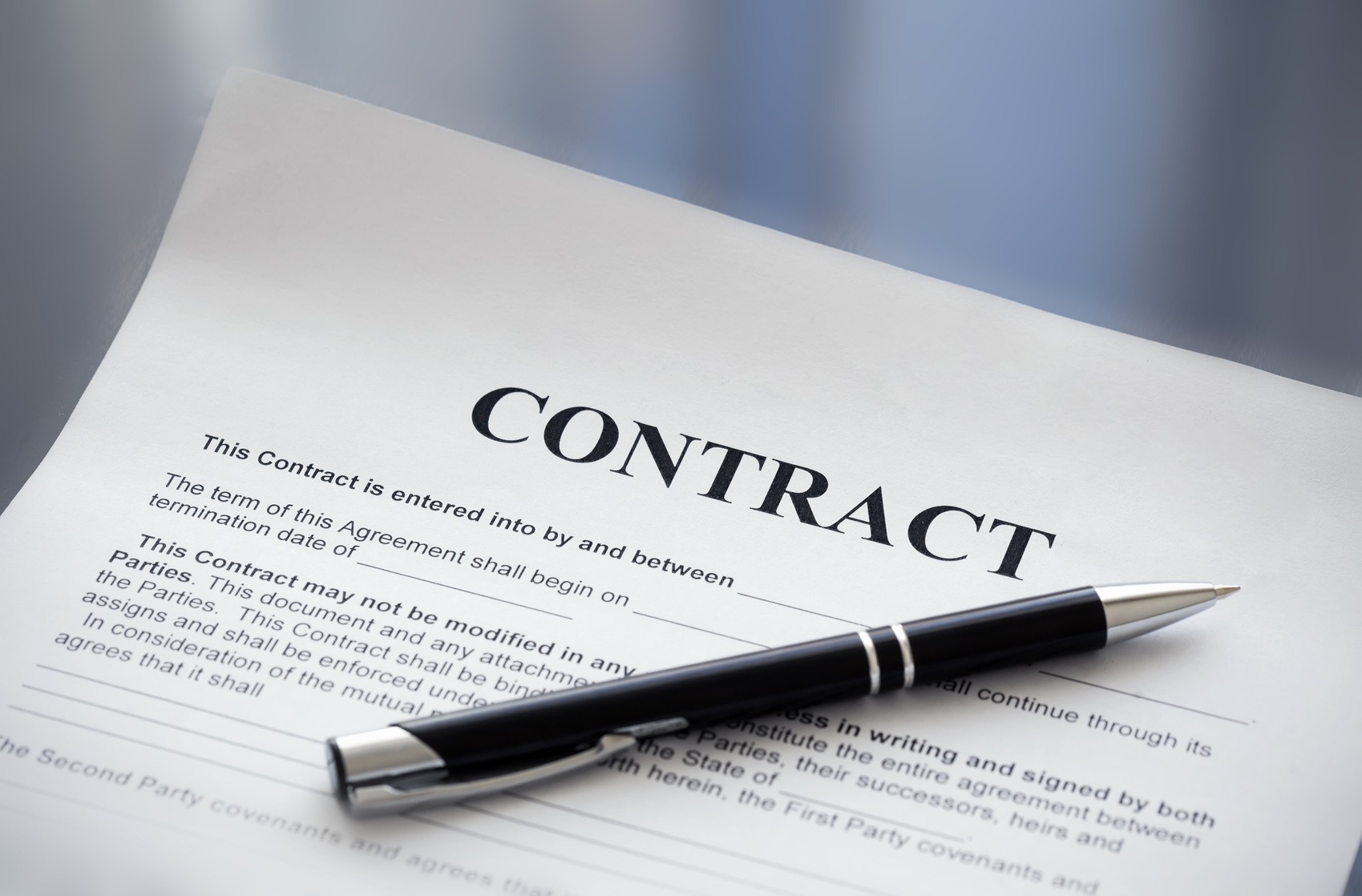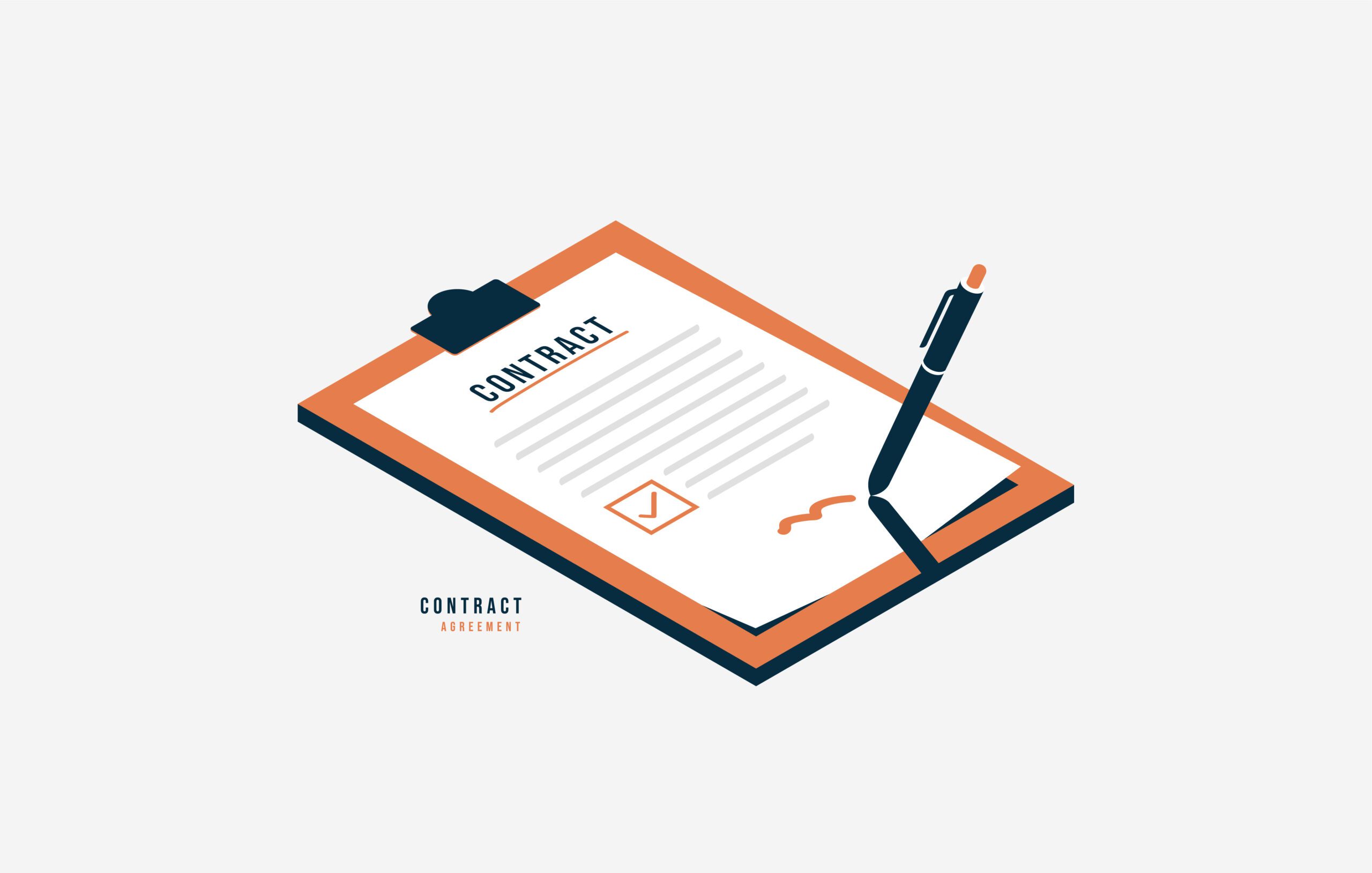My heaviest weight was 145 pounds, and I was only twenty-six years old. I went from a size four to a size fourteen almost overnight. For some, 145 is not a lot of weight, but for my small frame, it was a lot of bulk to carry. And I got that way by design. It wasn’t a conscious plan, but you get a heavy body when you couple no exercise with more than enough food. I can’t change the past, but I can control my present. This week, the focus is on moving your body.
By no means is incorporating a daily practice of movement easy to implement. And there have been more than a few times when I’ve allowed myself to slip back into the “no movement consciousness.” But more often than not, I know my body is a temple, and I treat it that way. It’s hard to say I love myself when I don’t care for my body.
Today I understand the value of being physically active, particularly when I don’t want to be. It’s critical to a healthy mind, body, and spirit. Regular movement keeps us in good shape, aids digestion, assists our body in the regulatory process, reduces depression, increases energy, and makes us feel and look better.
For all the benefits, however, many of us don’t exercise. Why not? Here are a few reasons. We think it’ll take up too much time, cost too much, be too complicated, require too much effort, and require too much energy. We don’t have a gym, and we can’t afford a gym, or we don’t have the proper clothes to wear to the gym. We think we’re too fat; we’re too skinny, we need support, we can’t afford support, we don’t know where to start, we don’t want to do it alone, there are too many people at the gym, there are not enough people at the gym, it’s co-ed, it’s not co-ed . . .
So how do we get past the obstacles to moving our bodies? Here are some suggestions:
- Create an intention to move daily. It all begins with a thought, a desire to take action. Visualize yourself walking, dancing, running, jumping, and taking the stairs.
- Plan and schedule your activities in advance. Consider planning your exercise schedule on Sunday for the entire week. You can change it as the week progresses, but have a plan. For example, on Monday, walk briskly for thirty minutes; on Tuesday, do twenty-five jumping jacks; on Wednesday, dance to fast music for thirty minutes; and on Thursday, swim or hike. Then, take the stairs instead of the elevator every day whenever possible.
- Alternate activities to keep you motivated, so the process remains interesting and fun. Not everything has to be fun. Sometimes your job is to do the right thing for yourself simply because it’s the right thing. There will be days when it will feel like a chore to move your body. Do it anyway. That’s the esteemable act. It’s easy to do what’s easy; it’s harder to do what’s not. But what’s not is sometimes what’s best for you.
- Small actions every day are the key. Baby steps lead to success over the long haul. Fifteen minutes of a fast walk, jumping around in place, or taking the stairs is better than nothing.
- Celebrate every action you take. Always applaud yourself for taking any action, regardless of how small. We all respond to appreciation, making you want to keep trying.
- Invite a friend to join you. Exercise sometimes goes better with friends. It helps you stay accountable and committed.
- Watch television or listen to music. Sometimes I don’t want to go to the gym, so I bring my FitBall and my weights in front of the television and work out.
- Honor your agreement to yourself. There are always valid excuses for not going to the gym, running five miles, or playing volleyball, but there is no excuse for not moving your body. You simply have too many options.
Create a plan for moving your body. Find what works for you, what time is your best time for exercising, and how long your body can withstand the pressure. You’ll progressively increase your movement until you are doing more than you thought you could do.

Francine D. Ward
Attorney-At-Law, Author, Speaker
Follow Francine:
Don’t miss Francine’s Latest Blogs:
- Common Contract MistakeCommon Contract Mistake #1. Not Having Written Agreements with EVERYONE You Do Business With. Common contract mistake. Without question, the most common contract mistake is not having the terms of… Read more: Common Contract Mistake
- AI and PatentsAI and Patents. Understanding Patent Law in the Age of AI. Patents, along with Copyrights, Trademarks, Trade Secrets, and Rights of Publicity, are one of the five areas of practice… Read more: AI and Patents
- Effective Goal SettingSetting Goals. It’s that time of year, time to plan for effective goal setting. A time when some of us start thinking about goals for the upcoming year. If you… Read more: Effective Goal Setting
- Indemnify AI UseBeware of companies that say they will indemnify AI use, that they will pay ALL the legal costs incurred by customers using Generative AI services (like ChatGPT, CoPilot, or Bard).… Read more: Indemnify AI Use
- Trademark A NameHow to Trademark a Name A trademark can be a word, phrase, design, logo, color, sound, or a combination of those things that identifies the source of a product or… Read more: Trademark A Name












